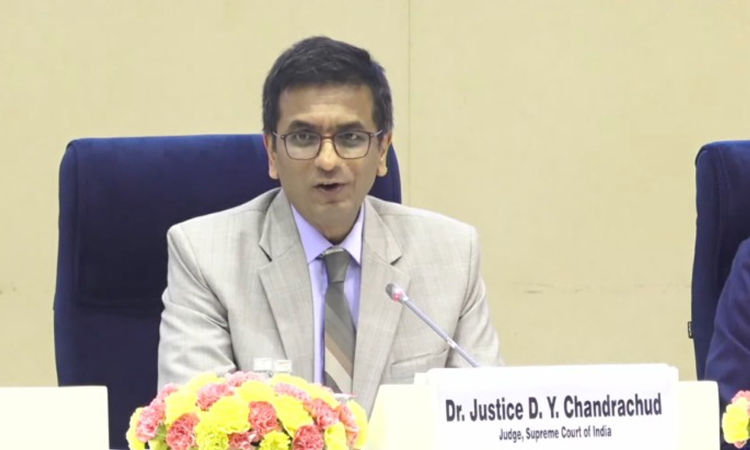Justice D.Y. Chandrachud, while referring to himself as a "self confessed geek on technology" delivered an address on the importance of technology in the judicial system at the Valedictory Ceremony of 1st All India District Legal Services Authorities Meet.On the importance of adopting technology in judicial processes, Justice Chandrachud stated that the Supreme Court, the High Courts and...

